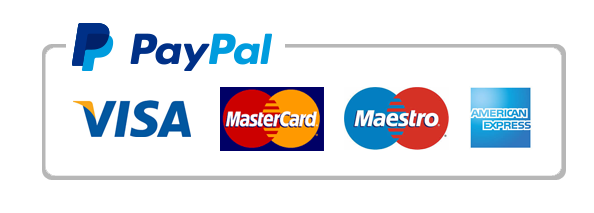rt 2 Writing Assignment Week 7
Top of Form
Bottom of Form
Health Promotion Proposal, Part 2 Content
1.
Top of Form
Health Promotion Proposal, Part 2
This is a continuation of the health promotion program proposal, part one, which you submitted previously.
Please approach this assignment as an opportunity to integrate instructor feedback from part I and expand on ideas adhering to the components of the MAP-IT strategy. Include necessary levels of detail you feel appropriate to assure stakeholder buy-in.
Directions
You have already completed the steps 1-4.
Do not resubmit part 1. Make sure you revise this initial submission according to your instructor’s comments.
To assist in maintaining harmony between Part I and 2 here you have a reminder of the previous paper outline:
· 1. Describe the health problem. Using data and statistics support your claim that the issue you selected is a problem. What specifically will you address in your proposed health promotion program? Be sure your proposed outcome is realistic and measurable.
· 2. Describe the vulnerable population and setting. What are the risk factors that make this a vulnerable population? Use evidence to support the risk factors you have identified.
· 3. Provide a review of literature from scholarly journals of evidence-based interventions that address the problem. After completing a library search related to effective interventions for your chosen health promotion activity, you will write a review that evaluates the strengths and weaknesses of all the sources you have found. You might consult research texts for information on how to write a review of the literature found in your search.
· 4. Select an appropriate health promotion/disease prevention theoretical framework or conceptual model that would best serve as the framework guiding the proposal. Provide rationale for your selection which includes discussion of the concepts of the selected model
For this assignment develop criteria 5-8 as detailed below:
You will submit just this section 5-8 as essay. Please do not resubmit Part 1.
Use a presentation page. Start the body of content with topic 5.
· 5. Propose a health promotion program using an evidence-based intervention found in your literature search to address the problem in the selected population/setting. Include a thorough discussion of the specifics of this intervention which include resources necessary, those involved, and feasibility for a nurse in an advanced role.
· Be certain to include a timeline. (2 to 4 paragraphs- you may use bullets if appropriate).
· 6. Thoroughly describe the intended outcomes. Describe the outcomes in detail concurrent with the SMART goal approach.
The SMART goal statement should be no more than one sentence (1 paragraph).
· 7. Provide a detailed plan for evaluation for each outcome. (1 paragraph).
· 8. Thoroughly describe possible barriers/challenges to implementing the proposed project as well as strategies to address these barriers/challenges. (1 paragraph).
· Finish the paper with a conclusion paragraph (1 paragraph) without typing the word “conclusion” before the paragraph.
Paper Requirements
Your assignment should be up to 3-5 pages (excluding title page and references).
Remember, your Proposal must be a scholarly paper demonstrating graduate school level writing and critical analysis of existing nursing knowledge about health promotion.
Finish the essay with a your reference page.
Please review the Grading Rubric for this Assignment.
Bottom of Form

